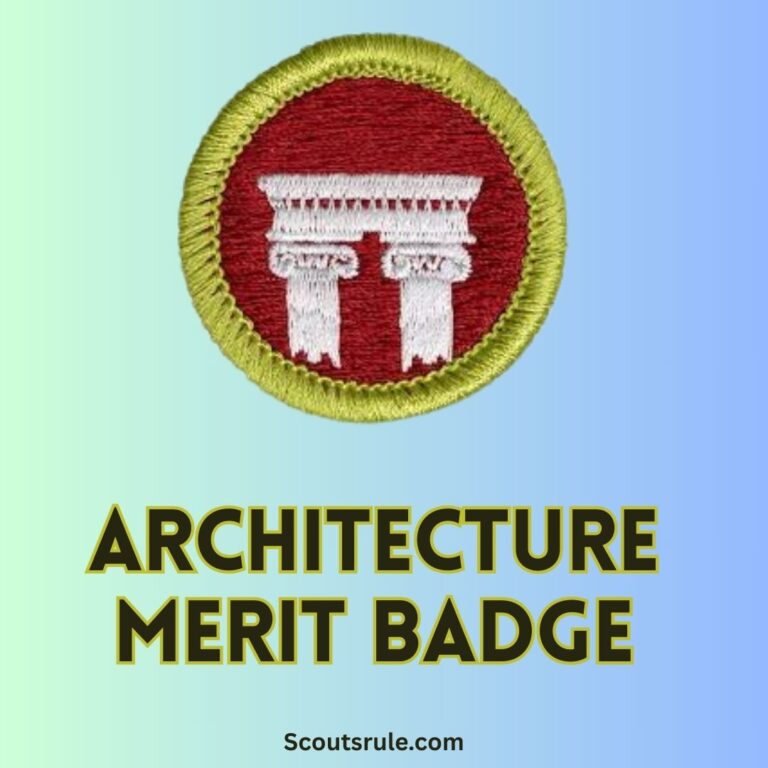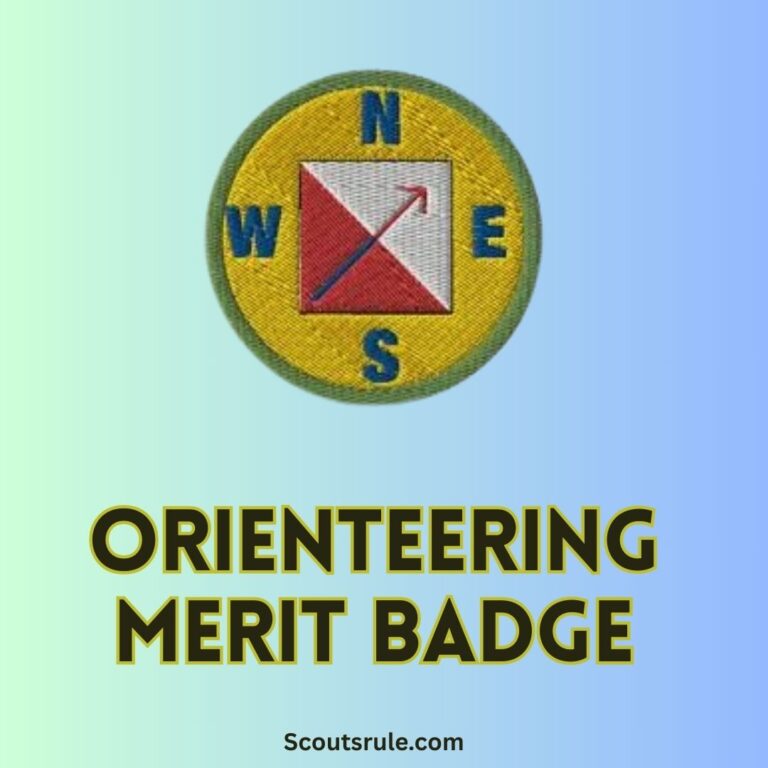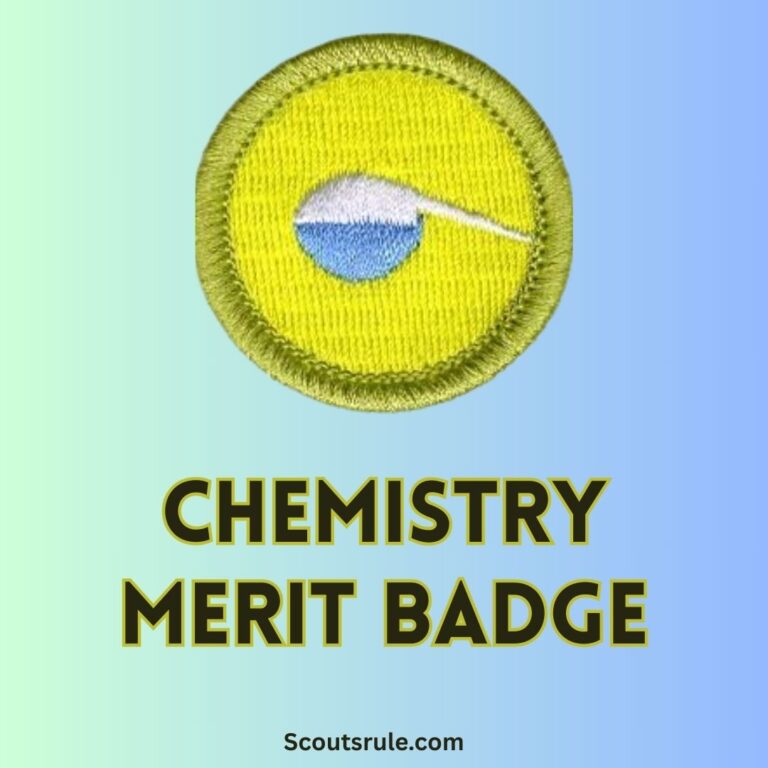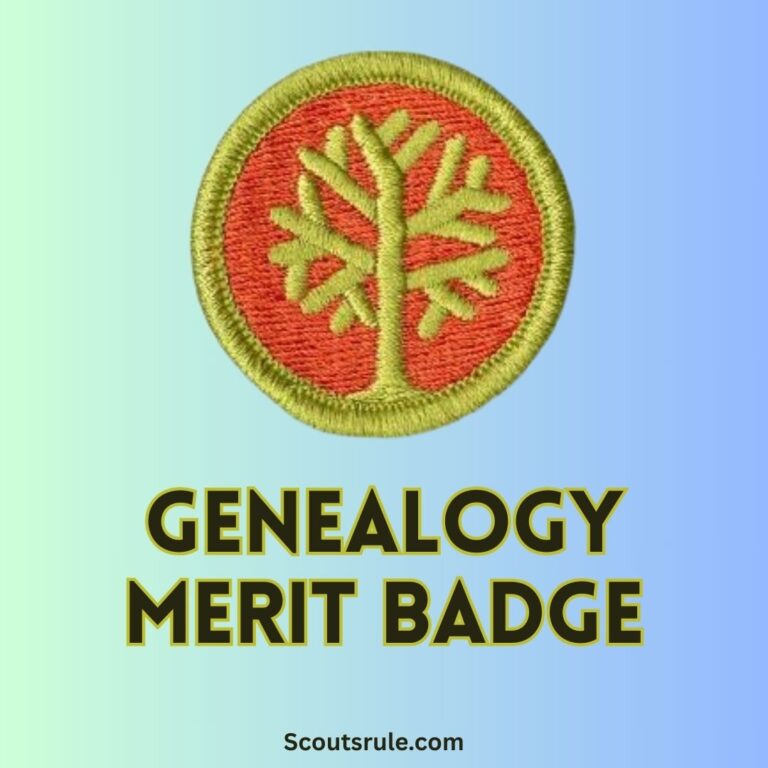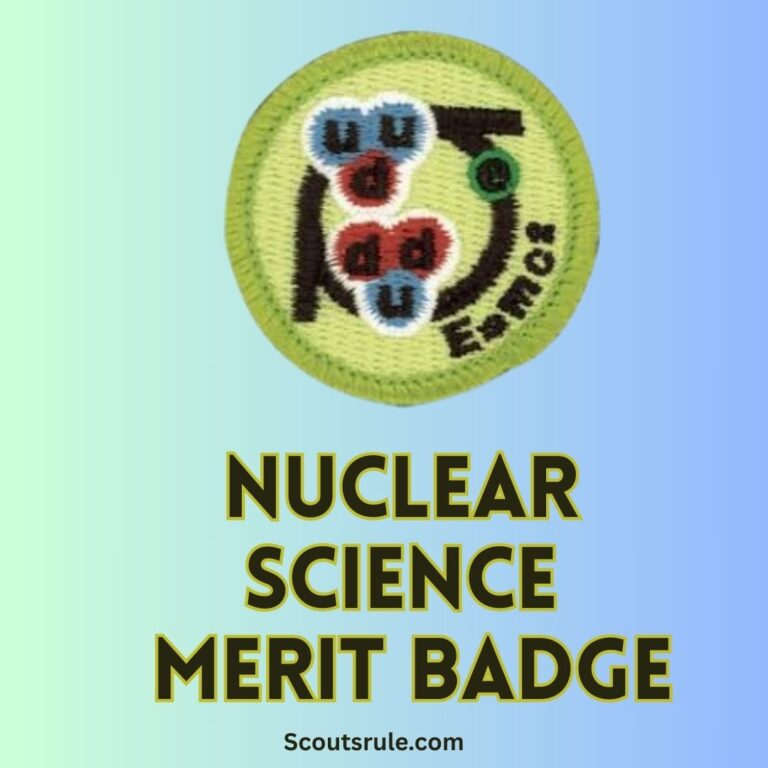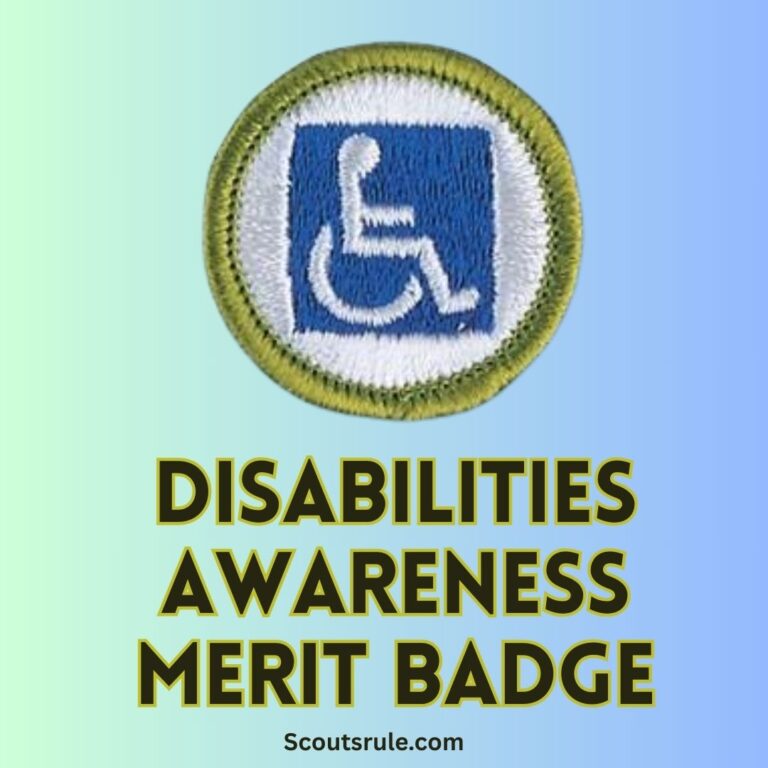
This guide is designed to help you understand the purpose behind the badge, the specific requirements you’ll work on, and practical ideas to complete each task. By exploring American cultural diversity—from history and traditions to celebrations and everyday contributions—you’ll gain a deeper appreciation for the mosaic that makes up the United States. Whether you come from a multicultural background or are learning about groups different from your own, this guide will equip you with the insights and strategies to succeed while reflecting on the values of inclusiveness, respect, and unity in diversity.
Post Contents
- Introduction: Celebrating Diversity in America
- 2. Purpose and Objectives of the American Cultures Merit Badge
- 3. Understanding Cultural Groups and Their Contributions
- 4. Overview of the Badge Requirements
- 5. Strategies for Research and Documentation
- 6. Practical Tips and Additional Ideas
- Conclusion: Becoming a Culturally Informed Citizen
Introduction: Celebrating Diversity in America
America is renowned for its cultural diversity. It is a nation built by immigrants who brought with them traditions, languages, customs, and beliefs that have blended, clashed, and evolved into the rich tapestry we see today. The American Cultures Merit Badge is not merely about recognizing differences; it’s about celebrating the strengths that these varied influences bring to society. Whether through festivals, traditions, food, art, or everyday interactions, each cultural group contributes uniquely to the national identity.
In exploring this merit badge, you’ll be encouraged to research and interact with at least three different cultural groups—one of which ideally represents your own background. This process challenges you to observe, engage, and reflect on how these groups have shaped the history and continue to influence the everyday lives of Americans. As you gain a deep appreciation for these contributions, you’ll learn valuable lessons in empathy and broaden your understanding of what it means to be an inclusive citizen in a diverse society.
2. Purpose and Objectives of the American Cultures Merit Badge
The primary purposes and objectives of the American Cultures Merit Badge are:
- Educational Growth: Learn about the historical, cultural, academic, and social contributions of diverse groups in America. You will study the origins of various cultures, understand their unique traditions, and explore how these cultures have merged and adapted over time.
- Enhancing Cultural Awareness: Develop a keen awareness of the differences and similarities among cultural groups. This involves not only learning factual information but also engaging in activities with members of different groups to understand their lifestyles and values.
- Promotion of Tolerance and Respect: By interacting with different cultures, you build empathy and gain a new perspective on life. This experience fosters the values of inclusion and respect which are essential in today’s multicultural society.
- Civic Engagement: The badge encourages you to consider your role in promoting understanding and harmony in your community. Whether through public talks or classroom presentations, you learn to use your knowledge to educate others about the importance of diversity in America.
- Preparation for Future Roles: Whether you dream of a career in public service, education, or any field where civic responsibility is key, the skills you develop with this badge—research, communication, analysis—will serve you throughout your life.
Overall, the badge is intended to inspire a lifelong commitment to learning about and valuing cultural diversity, preparing you to be a more thoughtful, inclusive, and informed member of society.
3. Understanding Cultural Groups and Their Contributions
Before delving into the badge requirements, it helps to establish a foundational understanding of what we mean by “culture.” Culture encompasses the shared practices, beliefs, languages, customs, and traditions of a group of people. In America, culture is multifaceted—combining elements from indigenous peoples, European settlers, African traditions, Asian customs, Latin American influences, and many others.
Key Concepts:
- Race vs. Ethnicity: While race refers to physical characteristics, ethnicity is about cultural identity and heritage. Both play roles in shaping individual and group identities.
- Nationality and Migration: Immigration has brought a variety of cultural traditions to America. Understanding migration patterns and the reasons people immigrate helps contextualize current debates on multiculturalism and national identity.
- Cultural Evolution: Cultures are not static. They evolve through contact with other cultures, adaptation to new environments, and changes in social and political circumstances.
Knowing these concepts will help you approach the merit badge requirements with sensitivity and insight. You are encouraged to research how cultural influences have enriched American society in art, cuisine, language, and social norms.
4. Overview of the Badge Requirements
While the official Boy Scouts of America pamphlet has the latest requirements, here is an overview of typical tasks in the American Cultures Merit Badge:
4.1 Choosing Three Cultural Groups
You must select three groups that have different racial, cultural, national, or ethnic backgrounds. Importantly, one of these groups should ideally be your own. This selection will form the basis for requirements 1, 2, and 3. Consider groups that are influential in your local community or that you have a personal connection with. For example, you might select a group representing Native American heritage, one representing Hispanic culture, and another representing Asian American traditions.
4.2 Experiencing and Reporting on Cultural Events or Institutions
For one requirement, you must complete TWO activities—each associated with one of the groups you chose, excluding your own if you wish. Options typically include:
- Visiting a Festival or Celebration: Attend a cultural festival or event and report on what you observe, including the music, dance, food, art, and community interaction.
- Visiting a Place of Worship, School, or Community Institution: This could involve visiting a temple, mosque, church, cultural center, or school known for its connection with a particular group. Observe and take notes on how traditions and cultural values are maintained.
- Interviewing a Group Member: Talk with a person from one of the cultural groups to learn about their heritage and traditions. Document what you learn, paying attention to details about history, values, and ceremonial practices.
- Learning and Teaching a Traditional Skill or Story: Learn a song, dance, poem, or story traditional to one group, and then share it with your friends or troop members.
Document these experiences thoroughly in a journal. Include descriptions, dates, photographs (if permitted), and your personal impressions of what you learned.
4.3 Imagining Cultural Interactions in a Hypothetical Scenario
One requirement asks you to imagine a scenario where one cultural group had always lived in isolation—in a city or country without contact with other groups—and then to compare that with a scenario where all three chosen groups lived there together. In this task, you should:
- Describe the Isolated Culture: Imagine and write about the culture that would develop if one group were completely isolated. Consider aspects like language, religion, social customs, and everyday life.
- Describe a Multicultural Society: Contrast this with a description of a society where the three groups mix. Focus on how the intermingling of traditions might foster innovation, lead to conflicts or compromises, and ultimately create a unique, diverse society.
- Reflect on the Outcome: Discuss how the presence of multiple cultures can lead to both challenges and rich cultural exchanges that benefit society as a whole.
Your discussion should incorporate creative thinking and show an awareness of current cultural dynamics in the United States.
4.4 Discussing Religious and Social Customs
Another requirement asks that you explain some of the differences between the religions and social customs of the three groups you have chosen. In this task:
- Identify Key Customs: For each group, identify at least one social or religious custom that is particularly significant. This might include unique holiday celebrations, dietary practices, language traditions, or moral codes.
- Contrast and Compare: Discuss how these customs differ from one another and what common values they may share. For example, many cultures emphasize community and family—describe how each group demonstrates these values differently.
- Personal Reflection: Explain how learning about these differences has influenced your understanding of cultural diversity and the ways in which diverse social practices can coexist within the same society.
4.5 Highlighting Contributions to Society
In one of the key requirements, you must identify and explain contributions made to the United States by individuals from three different cultural, racial, or ethnic backgrounds. For this:
- Research Notable Figures: Select individuals whose innovations, artistic endeavors, leadership, or social activism have had a positive impact on American society. Examples might include innovators, political leaders, artists, or athletes.
- Detail Their Contributions: Explain what each person is known for, including any obstacles they overcame and how their cultural background influenced their work.
- Personal Reflection: Describe what these contributions mean to you and how they inspire you to appreciate the diversity of America.
4.6 Leading Discussions or Presentations
Finally, one of the requirements may ask you to prepare a talk or lead a discussion on how different cultural groups in America have found ways to live together harmoniously. In this exercise:
- Prepare a Presentation: Create a slide show or written outline for a presentation that touches on key ideas—such as the American motto “E Pluribus Unum” (Out of Many, One) and how diverse cultures have enriched the nation.
- Engage Your Audience: You might share personal stories, historical examples, or contemporary issues that underscore the benefits of cultural diversity.
- Encourage Discussion: Lead a discussion among your peers, asking questions like, “How can we promote understanding between different cultural groups?” and “What challenges do multicultural societies face, and how might we address them?”
Document your preparation process and collect feedback from your audience to include in your merit badge portfolio.
5. Strategies for Research and Documentation
Success in the American Cultures Merit Badge depends on thorough research and careful documentation. Here are strategies to excel in the badge’s requirements:
- Utilize Multiple Research Sources: Combine information from library books, academic journals, reputable websites (such as government cultural agencies or educational institutions), and interviews with knowledgeable community members.
- Keep a Structured Journal: Maintain a notebook or digital document where you record your research, interview notes, and observations from visits to cultural events. Consistent entries help you track your progress and ensure you cover all required topics.
- Create Visual Aids: Diagrams, charts, photographs, and maps can enhance your documentation. For example, a chart comparing key responsibilities or contributions of members of different cultural groups can be very effective.
- Organize by Requirement: Structure your portfolio so that each section addresses a specific badge requirement. A clear table of contents and labeled sections make it easier for your counselor to review your work.
- Cite Your Sources: When you use statistics, historical dates, or quotes, always note the source of your information. Proper citation not only adds credibility but also demonstrates the depth of your research.
6. Practical Tips and Additional Ideas
To fully benefit from your work on the American Cultures Merit Badge, consider these additional tips:
- Engage Actively: Attend local cultural festivals, visit community centers, or even explore places of worship that are open to the public. Active participation enriches your understanding and provides firsthand experiences that no book can replace.
- Interview With Curiosity: When talking with members of different cultural groups, ask open-ended questions about their traditions, personal stories, and the challenges they face in modern society. Respectful, genuine conversation fosters meaningful connections and detailed insights.
- Plan Group Discussions: If your troop is interested, organize a small group discussion on cultural diversity. Ask each participant to share an experience or insight related to their own background and those of others. Use these discussions to inspire your final presentation.
- Practice Your Presentation Skills: Whether preparing a slideshow or writing a formal report, practice speaking clearly and confidently. Record yourself to notice areas for improvement and ask for feedback from family members or peers.
- Reflect on Personal Connections: Think about how your own cultural background contributes to your identity. Reflect on similarities and differences between your traditions and those of others, as this personal insight often forms the heart of a meaningful project.
- Stay Updated on Current Events: Pay attention to how modern debates about immigration, diversity, and multiculturalism are shaping public policy. Connecting historical perspectives with current events can enrich your analysis and help you see the living nature of cultural diversity.
Online resources, local cultural organizations, and academic articles can provide inspiration and data for your projects. Websites such as the U.S. Census Bureau, cultural heritage museums, and community event calendars are valuable tools for your research.
Conclusion: Becoming a Culturally Informed Citizen
The American Cultures Merit Badge is more than an assignment; it’s an invitation to explore the beautiful complexity of American life. Through research, personal engagement, and creative expression, you gain a deeper understanding of how diverse cultures coalesce to form the fabric of our society. Each requirement—from researching the concerns of working people and the dynamics of cultural interaction to attending events and leading discussions—builds on your ability to think critically and empathize with those whose backgrounds may differ from your own.
By completing this badge, you not only meet the requirements set forth by the Boy Scouts of America but also equip yourself to be a more informed, compassionate, and effective citizen. The process of learning about and appreciating cultural diversity cultivates skills and values essential for today’s interconnected world.
May the journey through this merit badge inspire you to embrace diversity, champion inclusiveness, and contribute positively to your community. Whether you are preparing to lead a presentation, join a community discussion, or simply deepen your own knowledge, remember that every interaction and every piece of research brings you one step closer to understanding the myriad voices that shape America.
Congratulations on embarking on this journey of cultural discovery. Embrace the challenge, learn from every experience, and allow your newfound perspective to guide you toward a brighter, more inclusive future.

Hi, Robin here, A former lead Scout and here I share my inspiring stories about USA Scouts, leadership, adventure, how to guides and more.

